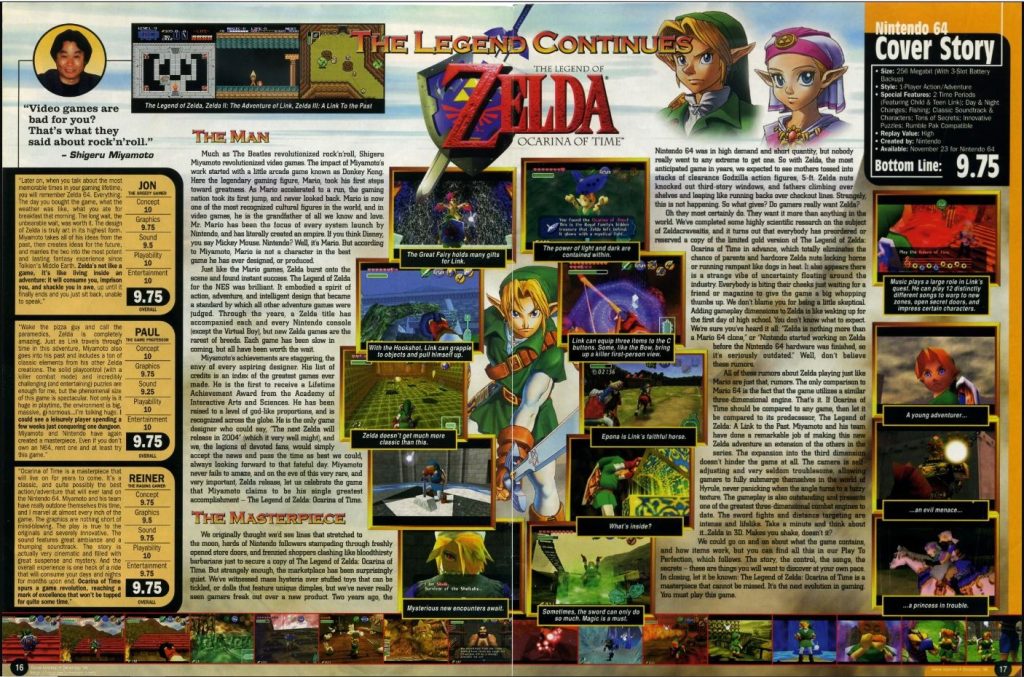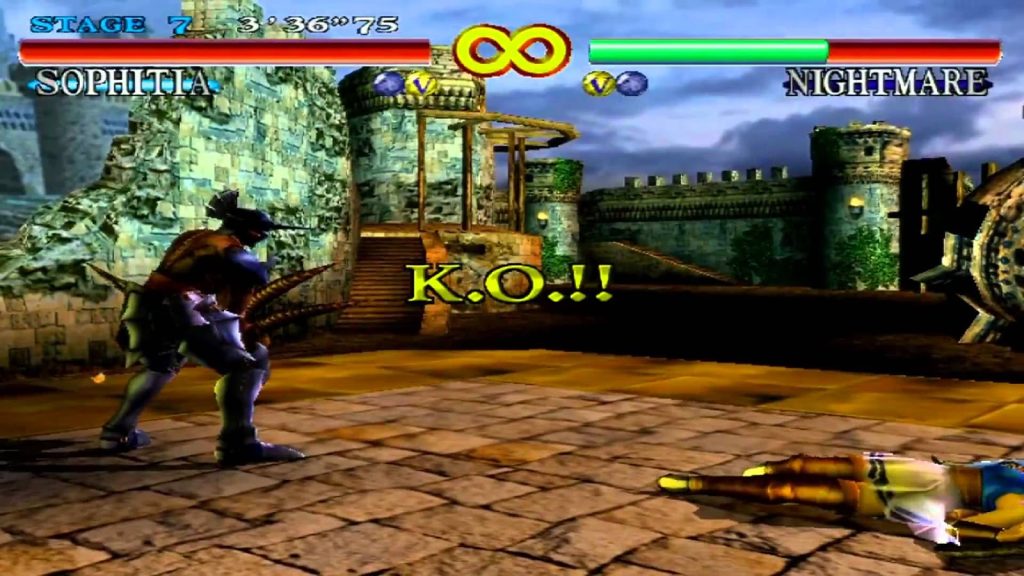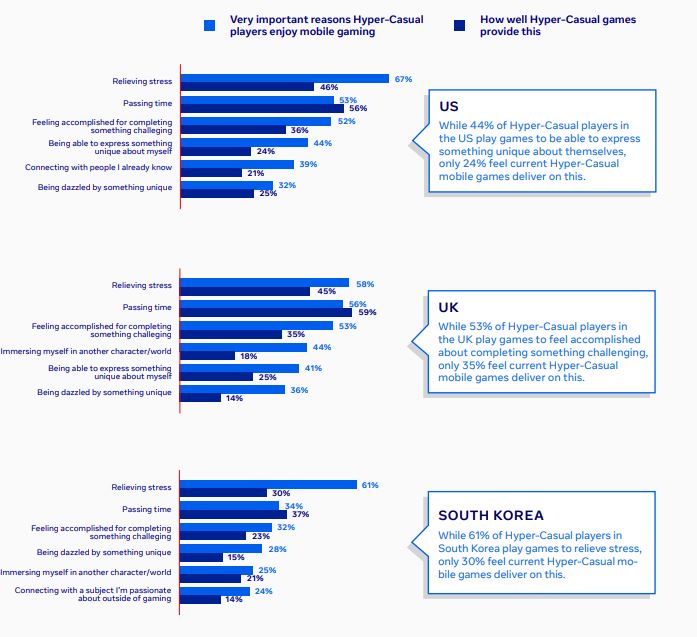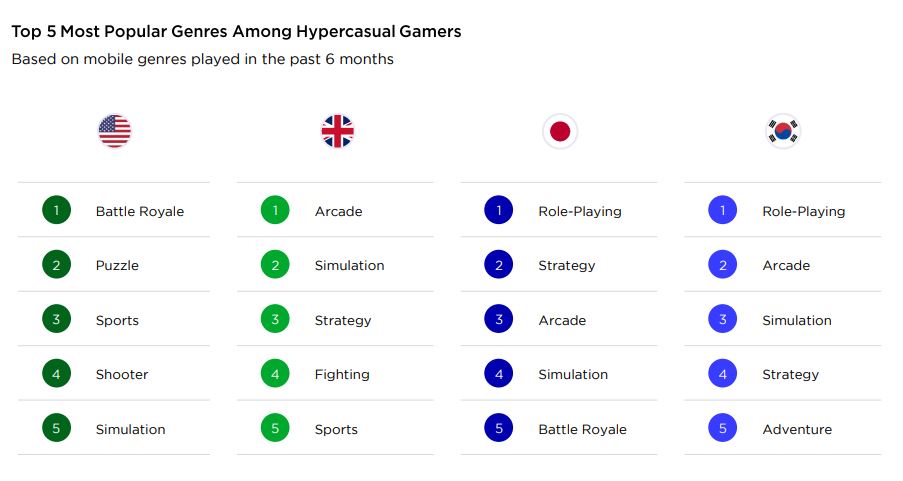Imagine this business: you write which furniture you want for your flat. A green sofa for your lounge. A carpet for the studio. A small library for your dorm. You select the image of what you like and, for the price of transportation, you get the furniture.
Imagine you live in a country where robbing apartments is not a felony. And you know that this furniture was stolen from someone. How would you feel? You may think in the short term, you don’t have money. You don’t want to go to IKEA and fight the whole day with your spouse. Plus, it’s no felony so who cares?
Let’s switch context for a while…
We have lots of hints and suggestions redacted by millions of people over the years. Doctors who tried to solve some specific health condition. Programmers helping others to understand how backend development works.
Every time we need this information to solve some problem or face a challenge, we invest our time in finding the right answer. Meanwhile, we learn about other things we didn’t consider. In some cases, being faster can save lives. In other, don’t.
You are running for what?
Let’s take game development. The more you learn, the more things you spot you should consider, and the better your games will be. So, is it interesting to be faster?
Sometimes I am sure it is. Most of the time doesn’t.
LLM services offer a collage that makes you feel you can make art, or writing without having the talent needed to craft it. Like the stolen furniture example I made, they are a deliberate steal. They take things made by others and give them to you.
An interesting feature is that they provide a summary of hints too. You look for how to code something and they give you the code. You can be faster, but you need to understand what the code does. Also, the slow process of looking for solutions can make you discover things you didn’t consider. You have lost that if you surrender to LLMs.
In any case, they consume water and energy. They pay for that, but they pay a market price that I am afraid is not aware of the long-term damage.
Is it worth it? No, it isn’t.
It can be worth in a life-or-death situation. If a machine is better than the human eye to detect a condition, that case is good for LLMs.







